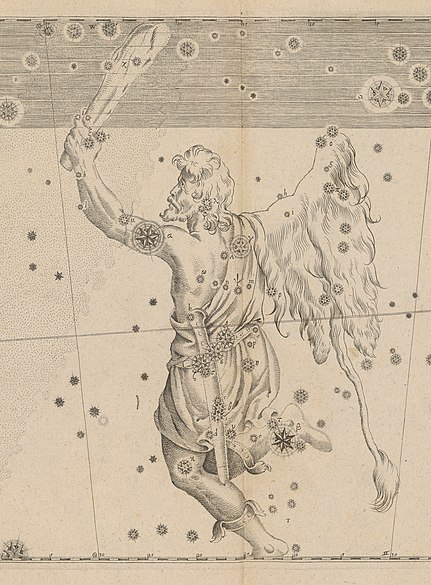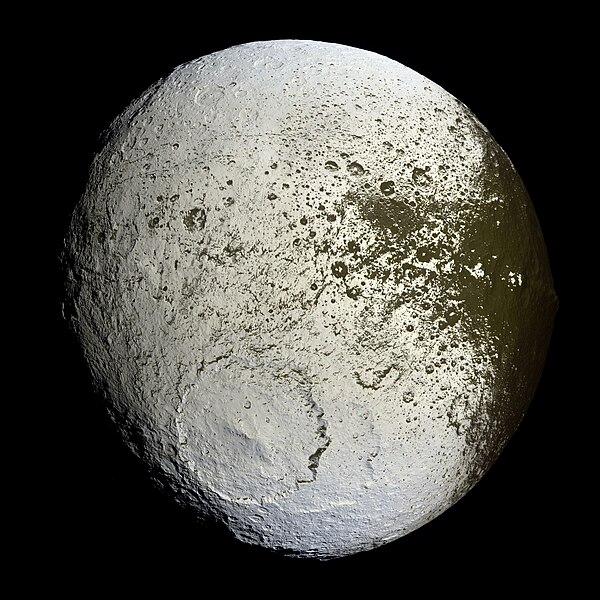
Map of Orion from Johann Bayer's 1603 Uranometria
For those that are interested in subjects astronomical, the particular rationale behind the naming of particular objects, especially in our solar system, is interesting, indeed.
The International Astronomical Union (IAU) is the arbitor of the naming of celestial objects, and they provide several interesting charts of information on the subject. They are also the body that gave us the formalized list of 88 Constellations that we have today. Here is their site: http://iau.org/
Here are their naming rules: http://planetarynames.wr.usgs.gov/Page/Rules
This link presents the list and names of the planets and moons in the solar system, noting the origin of their name, and their discovery information: http://planetarynames.wr.usgs.gov/Page/Planets

A Composite Image of Asteroids viewed in high resolution.
For the minor planets (the Asteroids), the name is one chosen by he who discovered it. Here is a link describing the process: http://www.minorplanetcenter.net/iau/info/HowNamed.html
Along with the given name, the Asteroid also receives a numerical designation that indicates its order of discovery. For instance, the first four asteroids discovered are: (1) Ceres [now a dwarf planet], 2 Pallas, 3 Juno, and 4 Vesta. There are a staggering number of named Asteroids, which include not only mythical charaters, but rock stars, saints, and geographical locations. Go ahead, look it up and see if there is an Asteroid named for it: http://www.minorplanetcenter.net/iau/lists/MPNames.html
Now, of course, is a good time to try to spot (1) Ceres and 4 Vesta: http://media.skyandtelescope.com/documents/WEB_Dec12_CeresVesta.pdf
Finally, for surface objects on planets or moons, the IAU also has a naming skeme, the list of which is found here: http://planetarynames.wr.usgs.gov/Page/Categories

Saturn's Moon Iapetus from the Cassini probe. The features here are named after characters from the Song of Roland!
Notice, in particular, that we now have a crater named "Chesterton" on Mercury (features here are named for artists, composers, and authors).
Several of Saturn's Moons have particularly wonderful name origins: those on Tethys for People and places from Homer's Odyssey, those on Dione for People and places from Virgil's Aeneid, and those on Iapetus for People and places from Sayers' translation of Chanson de Roland (For craters, French names are generally used in the bright areas, and Saracen names are generally used in the dark areas) [Yes, there is a crater "Turpin!"].
Live well!
No comments:
Post a Comment